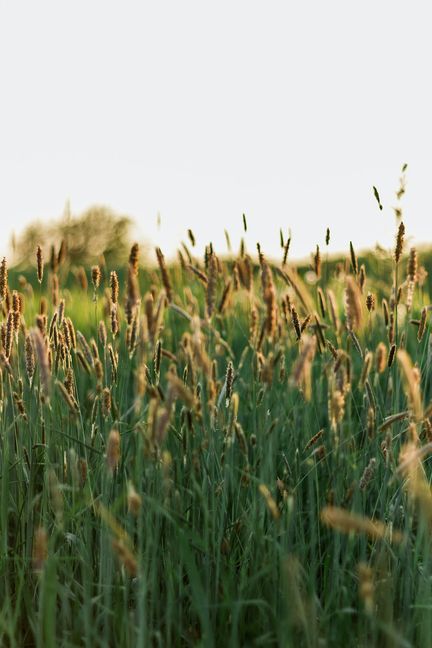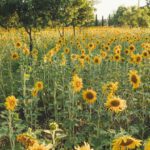The Shrinking Breadbasket: Unraveling the Decline of Farmland in the USA
Imagine a landscape where the fertile fields of America, once so abundant and expansive, are gradually vanishing. This unsettling reality is now becoming a significant concern—farmland in the United States is diminishing at an alarming rate. The consequences of this decline are far-reaching, affecting not only the agricultural industry but also the nation’s ability to sustainably provide for its citizens. Delving into the reasons behind this trend is imperative to grasp its implications and work towards sustainable solutions.
I. Factors Contributing to the Decrease in US Farmland
Several interconnected factors are driving the reduction of farmland across the United States. It’s essential to comprehend these dynamics to address the root causes of this concerning phenomenon:
1. Urbanization and Population Growth
- Population Growth: The increasing population demands more residential and commercial spaces, compelling the conversion of agricultural land into urban areas.
- Urban Sprawl: Expanding cities encroach upon arable land, transforming farms into housing and industrial developments.
2. Economic and Structural Changes in Agriculture
- Consolidation: Larger agricultural operations are acquiring smaller farms, consolidating land for more efficient and profitable operations.
- Technology and Efficiency: Advanced technologies enable larger yields from less land, reducing the necessity for extensive farmlands.
3. Environmental Degradation
- Soil Degradation: Factors such as erosion and loss of soil fertility make some lands unsuitable for farming.
- Climate Change: Altered climate patterns, extreme weather events, and droughts can render land unproductive for agriculture.
II. Frequently Asked Questions (FAQs)
Q1: How much farmland has been lost in recent years?
A1: Exact figures may vary, but the USDA reports a loss of approximately 31 million acres of farmland in the United States from 1992 to 2017.
Q2: Can the loss of farmland be reversed or mitigated?
A2: While reversing the loss entirely may be challenging, adopting sustainable land-use practices, encouraging responsible urban planning, and promoting smart growth can help mitigate the decline and preserve farmland.
Q3: How does the decrease in farmland impact the economy?
A3: A decrease in farmland affects the economy by potentially reducing the nation’s agricultural output, leading to increased food imports and higher prices for domestically produced food.
III. The Path Forward: Balancing Growth and Sustainability
To combat the decline of farmland, it’s crucial to strike a balance between economic growth and environmental sustainability. This can be achieved through:
- Sustainable Urban Planning: Encouraging well-planned, compact cities to minimize urban sprawl and preserve farmland.
- Incentivizing Farmland Preservation: Providing incentives for landowners to maintain their land for agricultural use.
- Investing in Agroecology: Promoting farming practices that are both economically viable and environmentally sustainable.
IV. Conclusion
The diminishing farmland in the USA is a complex issue driven by a variety of factors, including urbanization, economic changes, and environmental degradation. To ensure a sustainable future, we must prioritize responsible land use and adopt practices that preserve our precious farmlands for generations to come.
why farmland is a good investment,Is farmland a good investment in us,Can foreigners buy farmland in USA,What country owns the most farmland in us,Can I live in the US if I buy land,How much does 1 acre of farmland cost in USA,What foreign country owns the most farmland,Who owns the most farmland in the world,How much U.S. farmland does Saudi Arabia own,Do you pay tax on land you own in USA,Is it worth buying land in USA,Can I get green card if I buy land in USA,Where is farmland cheapest in us,What state is land the cheapest,Where is the most valuable farmland in the US














